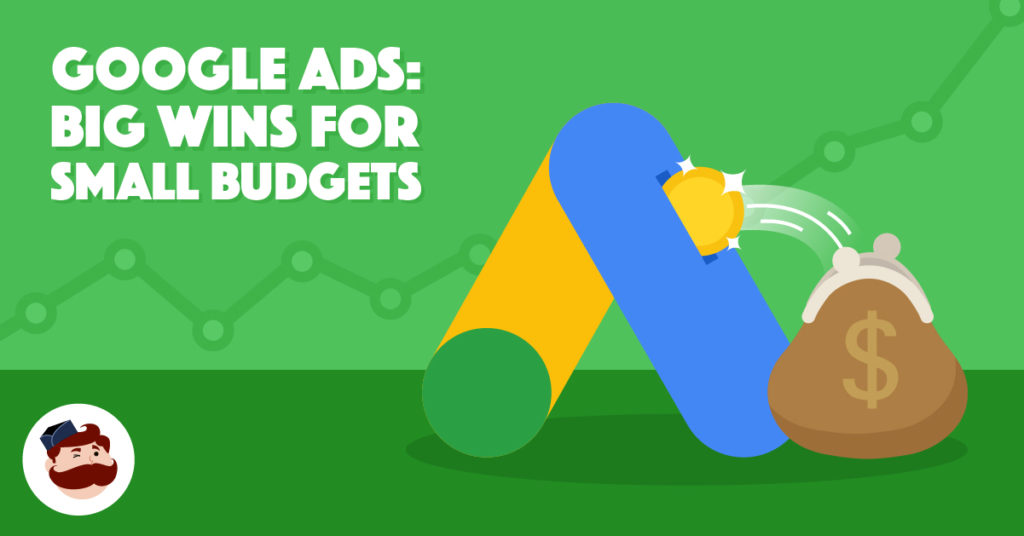In the ever-evolving landscape of digital marketing, Google Ads stands tall as a powerful tool for businesses to reach their target audience. However, while the potential benefits are vast, so too are the potential costs. Understanding the intricacies of Google Ads pricing and maximizing return on investment (ROI) is paramount for businesses aiming to thrive in the competitive online sphere. This comprehensive guide navigates through the complexities, offering insights into the cost structure of Google Ads and strategies to optimize ROI.
- The Anatomy of Google Ads Costs
- Cost-per-Click (CPC): The cornerstone of Google Ads pricing, CPC determines the amount an advertiser pays when a user clicks on their ad. Factors influencing CPC include keyword competitiveness, ad quality, and bidding strategy.
- Quality Score: Google’s metric for assessing ad relevance and user experience, impacting both CPC and ad positioning. Improving Quality Score through relevant ad copy, landing page optimization, and keyword relevance can lower CPC.
- Bid Strategy: Google Ads offers various bidding options, including manual CPC, automated bidding, and enhanced CPC. Choosing the right bid strategy depends on campaign objectives, budget, and desired outcomes.
- Ad Rank and Ad Position: Ad Rank determines ad positioning on search engine results pages (SERPs) based on bid amount, Quality Score, and ad extensions. Achieving optimal ad positions requires a balance between bid management and ad quality.
- Factors Influencing Google Ads Costs
- Keyword Competition: Highly competitive keywords often command higher CPCs due to increased demand from advertisers. Conducting thorough keyword research and targeting niche or long-tail keywords can mitigate costs.
- Industry and Seasonality: Industry-specific trends and seasonal fluctuations can impact Google Ads costs. Understanding industry benchmarks and adapting strategies to capitalize on peak periods or mitigate competition during downturns is crucial.
- Geotargeting and Device Targeting: Geographical and device-specific targeting influences ad performance and costs. Tailoring campaigns to specific locations and device preferences can optimize ad spend and improve ROI.
- Maximizing ROI: Strategies and Best Practices
- Targeted Keyword Selection: Prioritize keywords with high relevance and intent to maximize ROI. Long-tail keywords, branded terms, and high-converting keywords offer opportunities for cost-effective targeting.
- Ad Copy Optimization: Compelling ad copy that aligns with user intent can improve click-through rates (CTR) and Quality Score, reducing CPC and enhancing ad performance.
- Landing Page Optimization: Seamless user experience on landing pages enhances conversion rates and Quality Score, leading to improved ROI. A/B testing elements such as headlines, calls-to-action, and page layout can refine performance.
- Ad Extensions Utilization: Leveraging ad extensions like sitelinks, callouts, and structured snippets enhances ad visibility and relevance, driving higher CTR and Quality Score while minimizing CPC.
- Conversion Tracking and Analysis: Implementing conversion tracking enables measurement of campaign performance and ROI. Analyzing conversion data allows for informed optimization decisions and budget allocation adjustments.
- Ad Scheduling and Budget Management: Strategic scheduling of ads during peak user engagement periods can maximize exposure and ROI. Effective budget management, including setting bid caps and allocating resources based on performance metrics, optimizes ad spend.
- Continuous Monitoring and Optimization: Regular monitoring of campaign performance metrics, coupled with iterative optimization efforts, ensures ongoing improvements in ROI. Adjustments to targeting, bidding, ad creatives, and landing pages based on real-time data drive sustained success.
- Advanced Techniques and Tools
- Remarketing and Audience Targeting: Targeting previous website visitors and custom audience segments through remarketing campaigns can yield higher conversion rates and ROI.
- Ad Customization with Dynamic Ads: Dynamic ad formats dynamically generate ad content based on user behavior and preferences, increasing relevance and engagement while minimizing costs.
- Automation and Machine Learning: Leveraging Google Ads automation features and machine learning algorithms streamlines campaign management and optimization, improving efficiency and ROI.
- Case Studies and Success Stories
- E-commerce Retailer: Case study illustrating how targeted keyword selection, ad copy optimization, and dynamic remarketing strategies led to a significant increase in sales and ROI.
- Service-Based Business: Success story showcasing the impact of geotargeting, ad scheduling, and conversion optimization on lead generation and ROI growth.
- B2B Enterprise: Case study demonstrating the effectiveness of account-based marketing (ABM) strategies, audience targeting, and budget optimization in driving qualified leads and maximizing ROI.
Conclusion: Navigating the cost dynamics of Google Ads requires a nuanced understanding of its pricing structure and strategic optimization tactics. By implementing targeted keyword selection, ad copy optimization, landing page enhancements, and continuous performance monitoring, businesses can unlock the full potential of Google Ads and achieve maximum ROI in today’s competitive digital landscape.
